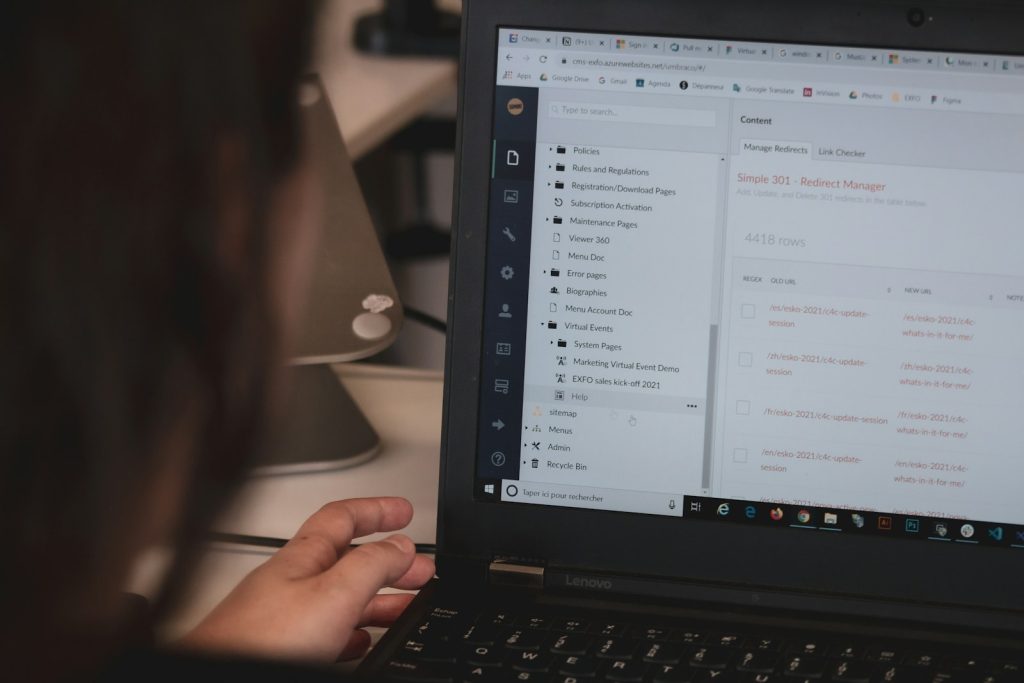
Red Flags That Signal a Suspicious Email
Emails are the backbone of your business, but they’re also the primary target for cybercriminals. Spotting fraudulent emails is crucial for every SME. By learning to identify red flags and understanding common Business Email Compromise (BEC) tactics, you can protect sensitive information and stay POPIA-compliant. If you want guidance, check out our Microsoft 365 security solutions to strengthen your email protection.
1. Unexpected Requests for Urgent Action
If an email pressures you to act immediately, like paying an invoice or changing a password, take a step back. Attackers know urgency clouds your judgment, so they deliberately create panic. A legitimate business partner will never push you into transferring money or sharing sensitive details without proper verification.
2. Suspicious Sender Addresses and Links
Always look closely at the sender’s email address. Fraudsters often swap a single letter or use a fake domain that looks almost identical. Hover over links before you click, what you see in the text isn’t always where the link will take you. This simple check can save you from exposing your login credentials or downloading malware.
3. Poor Grammar and Unusual Tone
You know how your clients, colleagues, and suppliers usually communicate. If an email suddenly feels off, strange wording, grammar mistakes, or an overly formal tone, it could be a warning sign. Hackers rarely replicate personal communication styles, so trust your instincts when something doesn’t sound right.
4. Attachments You Weren’t Expecting
Unsolicited attachments are one of the easiest ways for cybercriminals to infect your device. If you weren’t expecting a document, spreadsheet, or zipped file, treat it with suspicion. Verify directly with the sender before opening anything. A two-minute phone call could prevent a major security incident.

How Attackers Impersonate CEOs and Managers
Playing on Trust and Authority
When you see an email that looks like it comes from your CEO, you naturally pay attention. Attackers know this, and they take advantage of that trust by crafting emails that appear urgent, professional, and convincing. These fraudulent messages often demand immediate action, like transferring money or sharing confidential information, leaving little time for you to question their legitimacy.
Copying Writing Styles and Email Formats
Attackers study how leaders communicate within your organization, right down to their tone, signature, and phrasing. They might even copy common templates used for approvals or instructions. When the email feels familiar, you are far more likely to follow through without hesitation. This attention to detail makes business email compromise one of the most difficult threats for employees to spot in time.
Using Spoofed or Lookalike Addresses
One of the most common techniques is email spoofing, where hackers disguise the “from” address to appear authentic. In other cases, they purchase domains that look almost identical to your real company address, with subtle changes like replacing an “l” with a “1.” When you’re busy and scanning emails quickly, these tricks are designed to slip past your notice.
Urgency and Pressure Tactics
Impersonation emails often include high-pressure requests, such as “approve this payment immediately” or “do not share this with anyone.” By creating urgency, attackers reduce the chance that you will stop to verify the request. The goal is simple: force you to act quickly before you realize something feels wrong.

Lessons SMEs Can Learn From Past Incidents
Why Learning From Others Matters
When another business falls victim to a fraudulent email, it provides you with valuable insight into what went wrong. You do not need to experience the same damage to understand how devastating a single mistake can be. By studying real incidents, you gain clarity on the tactics attackers use and the vulnerabilities that opened the door.
The Cost of Ignoring Red Flags
In many cases, fraudsters exploited simple oversights like rushed approvals or unquestioned requests from supposed managers. You might believe these red flags are too obvious to miss, but pressure and routine often cloud judgment. The lesson is clear: you must create processes where suspicious requests are verified through a secondary channel before action is taken.
Building Better Awareness Across Teams
Successful compromises often happened because employees lacked the awareness to recognize unusual patterns in emails. You can change that by making security awareness part of everyday work, not just an annual training exercise. When your team understands the tricks behind fraudulent messages, they become a line of defense rather than a weak point.
Turning Incidents Into Preventive Action
The most important takeaway from past cases is that prevention is always cheaper than recovery. You can adopt lessons from these incidents by implementing stronger controls, such as multi-factor authentication and role-based approvals. Each protective step reduces the chance that your company becomes the next cautionary story.
